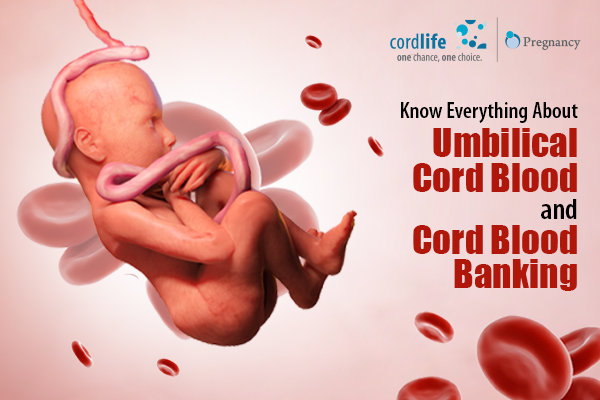Table of Contents
During pregnancy, the umbilical cord acts as a “String of life” between the mother and the baby and connects the baby to the placenta. In fact, the baby gets its all-necessary blood or oxygen and nutrition to survive in the mother’s womb, from the placenta through the cord.
Earlier, after the baby’s delivery, the umbilical cord with the cord blood was treated as medical waste. With the advent of cord blood stem cell therapy, the scenario has changed.
Cord Blood Composition and Medical Uses
Research has it that, cord blood is a rich source of haematopoietic stem cells, which has the capacity to differentiate itself into different blood cells – Red Blood Cells (RBC), White Blood Cells (WBC), plasma and platelets. The cord blood may largely be driven by haematopoietic stem cells, but other important non-haematopoietic adult stem cells types like Mesenchymal stem cells (MSC) and Endothelial Progenitor cells are also present in it with its multipotent properties. Mesenchymal stem cells (MSC) among them, may be found in lesser amounts in the cord blood compared to what it has been found in the bone marrow, placenta, and adipose tissue; but it is known for its immunomodulation and differentiation abilities. In fact, Mesenchymal Stem Cell therapy has evolved as a strong contender in the fight against the deadly effects of Covid-19 virus.
Cord Blood Stem Cell Transplants
The treatment of Fanconi Anaemia, way back in the year 1988 is still considered the first successful cord blood stem cell transplant. But that’s not all. Researchers have seen quite a number of successful transplants or cellular therapies across many countries around the world till date. In fact, cord blood stem cells have proven themselves instrumental in treating over 80 life-threatening diseases such as cancer (lymphoma and leukaemia), inherited metabolic disorders and deficiencies of the immune system. However, research on umbilical cord blood stem cells being used to combat neurological defects like cerebral palsy, autism, and Alzheimer’s are gradually gaining momentum.
Banking the Baby’s Umbilical Cord (therefore) Can Be a Life-changing Decision
Yes! Of course. There are banks (Private and Public) who respect this decision and take all the necessary steps from the collection to cryopreservation of the baby’s cord blood. In some cases, parents donate their baby’s cord blood to Public Banks, for research work or to help others, but they can’t use it for themselves. Some parents choose private cord blood banking companies so that they can reap the benefits later on.
Cord Blood Banking Benefits
Safe, and Painless Collection
Once the baby is separated from the mother, after the baby’s delivery, the hospital staff cuts and clamps the cord a few inches apart from the baby and uses a sterile needle and bag to collect the umbilical cord blood.
Approximately 75 ml of the cord blood gets collected. And without causing any pain either to the mother or the baby, the cord blood left behind in the cord and the placenta gets easily collected and transported to the lab for processing, quality testing, cryogenic-preservation and dispensation as and when required.
Innovative Technology
Ensures absolutely no possibility of manual inaccuracy, and the highest possible recovery of the stem cells, while processing the cord blood.
Proper Storage For A Successful Transplant
If the baby’s cord blood stem cells are properly cryopreserved, or kept in a frozen state (-190 Degrees) anywhere between 21 to 75 years of a baby’s life, it means that the baby or his or her family can use the stem cells for treatment even after two decades.
Close Match Within The Baby’s Family
Before an umbilical cord blood stem therapy begins, the first step is to match the stem cells with the donor and recipient. There is 60% chance of matching within the baby’s family and his or her siblings. If, by chance, the cord blood stem cells are not genetically matching, there is a high chance of grafts-versus-host-disease complication after the transplantation.
Haematopoietic stem cells may not be pluripotent like embryonic stem cells, but it is being studied with the hope for using beyond blood and immunological disorders. Moreover, along with cord blood, Wharton’s Jelly and Cord Lining have been researched for mesenchymal stem cells (MSC) and is studied in vitro since 2015 for heart disease, neurological defects and immune and other organs (liver and kidney) disorders. Even cancer. Above all, umbilical cord blood banking allows parents to gain access to cutting-edge treatments for themselves and their family’s healthy future. And more and more parents nowadays are including umbilical cord blood banking in their birth plans.
